Mitigate Odors & Improve Neighbor Relations
Micro-Aid® reduces the production of ammonia and other gases within the intestine and in the animal's manure. The result is healthier animals and a healthier environment for the animals, caregivers, and neighbors.
Nuisance Laws
Compliance with air quality regulations by federal, state (and in some county and townships) is an ongoing process for livestock and poultry producers. Producers must understand that an operation meeting all environmental regulations may nonetheless be subject to a nuisance lawsuit brought on by neighbors of the operation.
Micro-Aid® used in conjunction with other technologies + management practices can help to minimize emissions and potential nuisance conditions.
How Micro-Aid® Helps
1.
Micro-Aid® first begins to work enterically to help optimize a healthy gastrointestinal tract environment.
2.
Micro-Aid® is not absorbed. It passes in the manure and continues to work to reduce ammonia and other gases in excreted manure.
3.
Micro-Aid® reduces the formation and volatilization of ammonia and other noxious gases within manure.
4.
Reduced formation and volatilization of ammonia, preserves the available nitrogen within manure, enhancing manure fertilizer value.
In-Depth Research Continues to Validate Micro-Aid®'s Benefits

40%
Reduction Aerial Ammonia Concentrations
Reduces Odor Causing Gases (I.E. Sulfurs & Phenols).

Internal/External Benefits
The internal (within the animal) and external (within the manure) of Micro-Aid® results in reduced production and volatilization of ammonia, and other noxious gases. Micro-Aid® reduced ammonia emissions by an average of about 45.0% in 21 multi-specie animal experiments. Micro-Aid® is uniquely designed and can be fed to animals or added to pits, lagoons, litter, or bedding.
As livestock and poultry producers implement practices to mitigate ammonia and other noxious gases, it is important to note there is no silver bullet for completely preventing malodor volatilization. Instead, a major factor in successfully minimizing facility odors is proper ventilation and waste management and diet formulation. Furthermore, produces should take advantage of technologies proven to reduce ammonia production. Of the ammonia/odor control technologies available today, none is more proven and time-tested than Micro-Aid®, so make Micro-Aid® part of the total package to improve your Production Facility Environment and contribute to Better Neighbor Relations.
As you develop and implement your farm’s total package of environmental protection to ensure optimal animal production, quality working conditions for caregiver health, and good neighbor relations, remember that your plan is not complete without Micro-Aid® in all feed, all the time!

